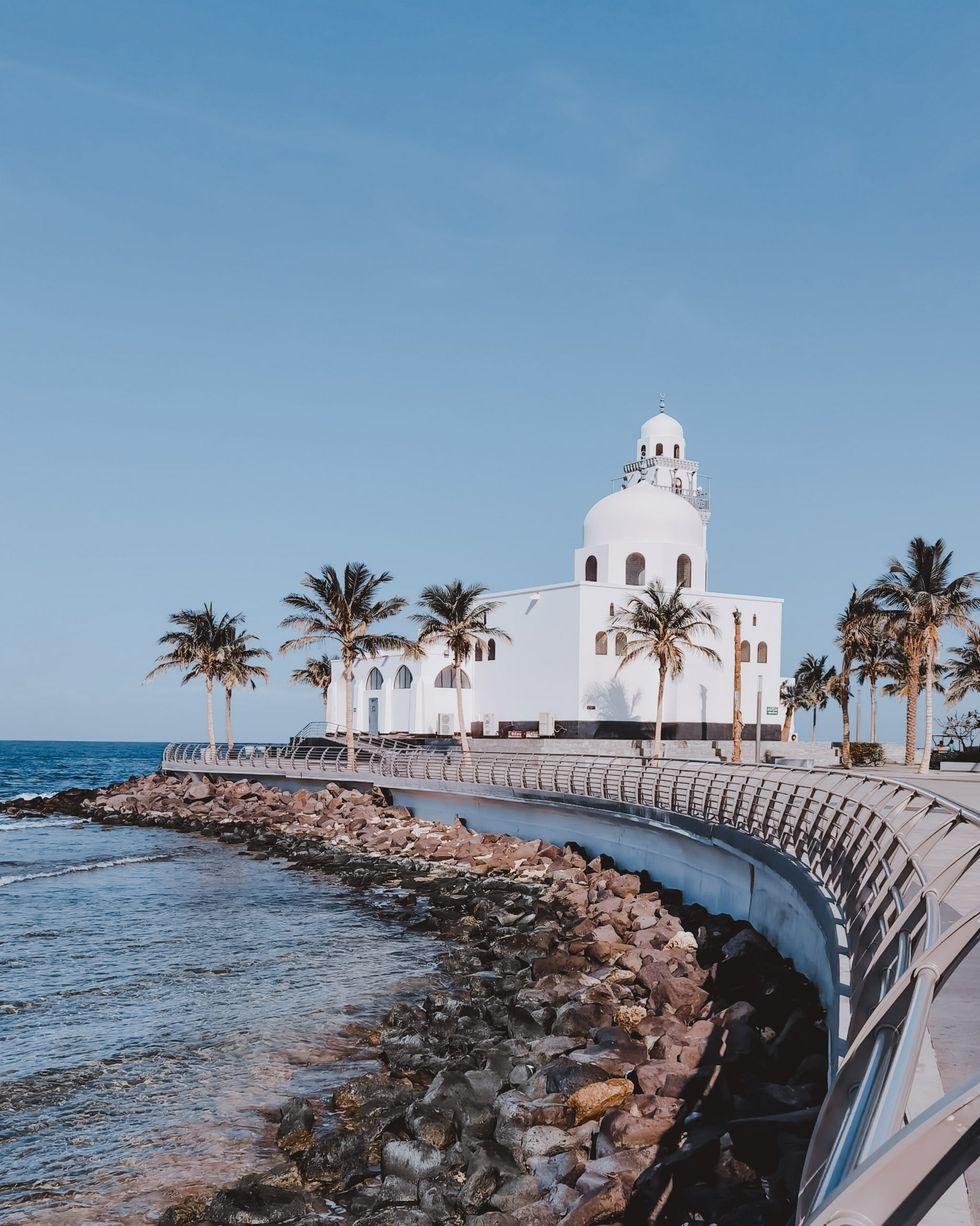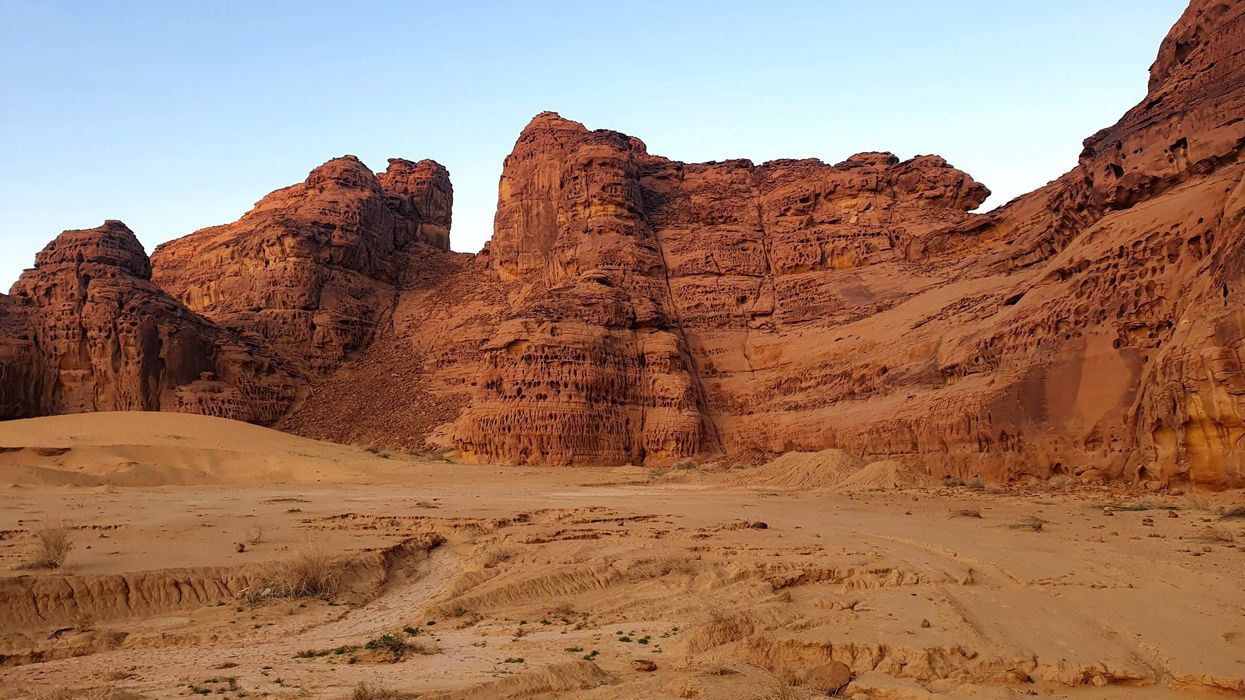Saudi Arabia is an Arab country situated in western Asia, and its area extends from the Red Sea in the west to the Arabian Gulf in the east. The countries bordering it in the north are Kuwait, Iraq, and Jordan, while in the south; the countries bordering it are Yemen and Oman. In the east, it shares its border with the United Arab Emirates, Qatar, and Bahrain. It is to be noted that Saudi Arabia is the country where Islam originated and Mecca and Medina, the holiest shrines of this religion, lie inside it.
There are many locations in Saudi Arabia that are fantastic to explore, where you can find out about its rich cultural past. Its many cities contain some of the most stunning and amazing historical monuments. Key cities through which you can tour at such a pace can be reached by quick and convenient flights. Check out low-cost flights from Air Arabia to such locations and book a ticket accordingly. Many flights start from the capital city, Riyadh, and they reach the destination in the shortest possible time. Here is a look at the key places to see in Saudi Arabia.
- Al Ula - This is a beautiful city, situated on the incense route and known for its rich heritage and located in the medina region. It is dotted with many oases and dramatic rock formations. It has a history that dates back 200,000 years and some of the most prominent and mind-blowing historical monuments, both natural and man-made. It once served as the capital of the Dadan and Lihyan kingdoms, and its archaeological monuments give much information about them. Key places to visit here include Jabal Al Fil, Al Ula Museum, ancient ruins in Al Diwan, Hejaz Railway Station, and Old Town.
- Hegra - It is called Al Hijr and is a city located in Al Ula, and is also the country’s first UNESCO world heritage site, known for its many archaeological ruins. In ancient times, it served as the capital of the Nabataean Kingdom. It has more than a hundred monumental tombs where the elite of its kingdom was laid to rest, and also stunning rock formations which are scattered throughout its desert landscape, which are thrilling to explore. Some of the top spots to visit include Jabal Ithlib, Jabal Al Banat, Al Fegeer Mud Houses, and Jabal Al Ahmar.

- Jabal Ikmah - It is a mountain close to Dadan City, an ancient place that once served as the capital of the Dadanite and Lihyanite kingdoms. It lies five kilometers north of Al Ula and its rocks are etched with so many inscriptions that they are known as the "open library." The information ascertained from these inscriptions tells us about not just the lives of ordinary people but also their religious practices, trade, and local laws. Some of the many languages in which it is written include Aramaic, Dadantic, Safaitic, Minaic, etc. In ancient times, it was the hub of trade and the spot where scholars gathered to exchange knowledge. Its oldest inscriptions date as far back as 644 BC.
- Riyadh - is the capital city of Saudi Arabia and also its largest city. Its name comes from the Arabic word "rawdha", which means "garden." It is the country's political and financial hub and is home to a population of 7 million people. About 40 percent of the city’s population is made up of ex-pats. But today, it is a modern city full of skyscrapers. In ancient times, it was established by a tribe called Banu Hanifa, who were sedentary farmers. Some key places to visit include Salam Park, the National Museum of Saudi Arabia, Masmak Fort, and King Abdullah Park. The Jenadriyah festival that is held annually is host to numerous traditional and cultural events such as poetry reading, camel racing, etc.
- Jeddah - This city is the gateway to the religious city of Mecca, which is 41 km away. It is the second largest city in Saudi Arabia, situated on the east coast, along the Red Sea. It is home to a vast number of historical landmarks. One of its most attractive features is its numerous art galleries, which showcase the creative work of local and international artists. Its All Bald district has a history that dates back to the 7th century and has traditional homes that are built using coral. Key places to visit include Al Shallal Theme Park, Mall of Arabia, Silver Sands beach, King Fahd’s Fountain, Fakieh Aquarium, and Jeddah Flagpole.

- Taif - It is a city in Mecca that is also known as the ‘City of Roses’ owing to the huge volume of roses growing in its surrounding mountains, wadis. It is also called the summer capital of Saudi Arabia. The best time to visit this city is in the month of August when it comes alive with the Souq Okaz cultural festival and the Crown Prince Camel festival. Check out its beautiful central market which has many narrow alleys that take the visitors across sand-colored buildings and plazas. look into its rose farms which are more than 900 where there are more than 300 million flowers being produced from which the famous rose oil or attar is created.
- Tabuk – This city is the capital of the Tabuk region in Saudi Arabia. It is also known as the oasis city as it is nestled amidst beautiful palm groves. Today it has become a fast-growing industrial center in the country. The castle situated right in the center of the city is perhaps the oldest, but of course, it is surrounded by stunning forts. Check out its beautiful rock art or perhaps tour the ancient oasis which lies on the incense road else visit the lovely Souk Twaheen which is famous for offering lovely rugs and goat-haired tent covers
You can easily book Air Arabia flights online through the airline’s website or a travel site. Look for further discount deals and offers to get even further reduced fares. Do the web check-in online to reduce formalities at the airport.












